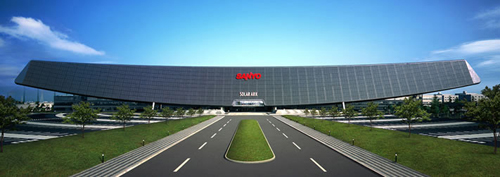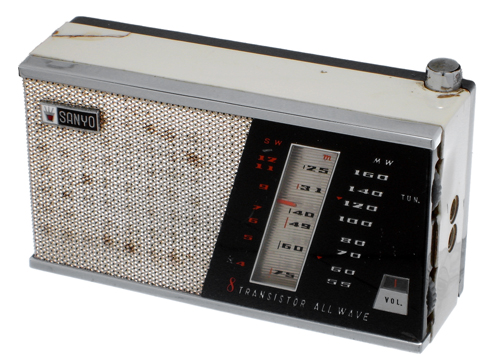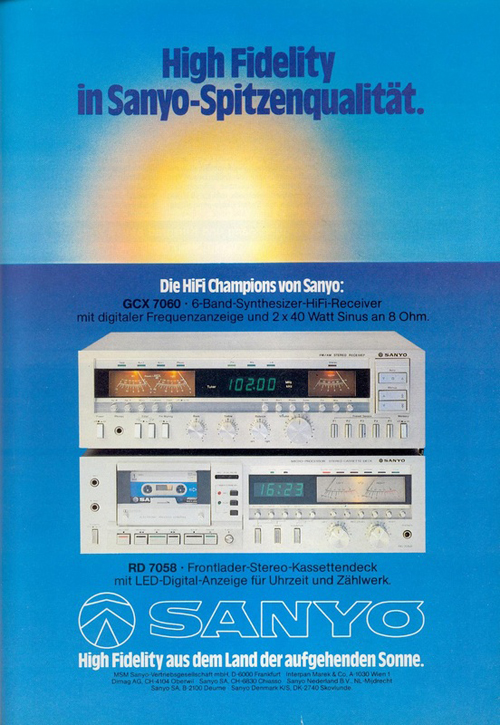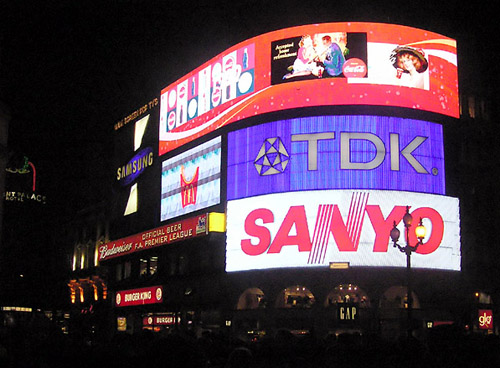Why the Panasonic push for profitability will mean sayonara Sanyo

Well, the best you can say is 'It seemed like a good idea at the time': the news from Japan is that what was once one of the country's best-known names in consumer electronics, Sanyo, is set to disappear as parent company Panasonic restructures it out of existence.
When Panasonic bought Sanyo at the end of 2008, its new acquisition was a global leader in lithium ion batteries, commanding about 40% of the worldwide market. It also led in solar cell technology. with its massive Solar Ark complex (above) soaring above the main Tokyo-Osaka Shinkansen rail line at Gifu as a statement of its prowess.
Indeed, these two technologies were what led Panasonic to take over Sanyo, spending some ¥800bn – just over £5bn – to seal the deal and bring in-house a company originally founded after WWII by the brother-in-law of Panasonic founder Konosuke Matsushita.
Just as Panasonic started out making domestic light and power fittings, so Sanyo founder Toshio Iue, (whose sister had married Matsushita, and who married Matsushita's sister after the death of his own first wife), moved away from being second in command at the Matsushita company, and struck out on his own with a business making bicycle lamps.

Over the next sixty years the company made products such as this all-transistor radio of 1959, an acclaimed range of hi-fi products from receivers to turntables during the latter part of the last century – 'Hi-Fi from the land of the rising sun' in this German ad,

– and was in at the start of businesses such as the cassette Walkman, the home video recorder, flatscreen TVs and projectors.

As well as becoming a household name, it also built a successful 'white goods' business, making everything from washing machines to air-conditioners and microwave ovens, and as already noted was ahead of the curve on the battery business and renewable energy technologies such as solar power, how becoming of vital importance in Japan post-2011 tsunami, as well as in other parts of the world.
The latest hi-fi, home cinema and tech news, reviews, buying advice and deals, direct to your inbox.

However, after Panasonic bought Sanyo, and set about spending a lot more money both rebranding everything including the Solar Ark and reducing personnel via combining the two companies' operations, it was hit by the global financial crisis, the strengthening of the yen and increased competition – especially in the battery market – from South Korea's giants.
Plans for expansion were hastily redrawn as demand for digital electronics declined. and it's thought the Sanyo deal played a major part in Panasonic's massive losses over the past couple of years.
Now Panasonic plans to reduce Sanyo's global workforce of 2500 by 90% over the next three years, starting with a reduction of headquarters staff from 1000 to a 100-strong 'skeleton crew' mainly involved in the maintenance of legal affairs and patents, and will probably absorb those functions completely.

It's already sold off overlapping Sanyo businesses such as refrigeration, laundry appliances and digital cameras, and Sanyo's once-thriving TV business is now reduced to a North American operation supplying sets to Wal-Mart, while its electronics operations is just a small unit in Tottori developing and selling products.
It's thought Panasonic is likely to scaled down Sanyo's US business or sell it off, and a similar fate looks likely for the Tottori operation.
From peak annual sales of ¥2tn (£12.bn), Sanyo now has sales estimated around a tenth of that figure, and by dismantling the company completely Panasonic hopes to maintain its path to profitability. For the financial year just ended it booked a pre-tax loss of ¥398.4bn (£2.55bn) – half its loss last year.
Written by Andrew Everard
Andrew has written about audio and video products for the past 20+ years, and been a consumer journalist for more than 30 years, starting his career on camera magazines. Andrew has contributed to titles including What Hi-Fi?, Gramophone, Jazzwise and Hi-Fi Critic, Hi-Fi News & Record Review and Hi-Fi Choice. I’ve also written for a number of non-specialist and overseas magazines.
